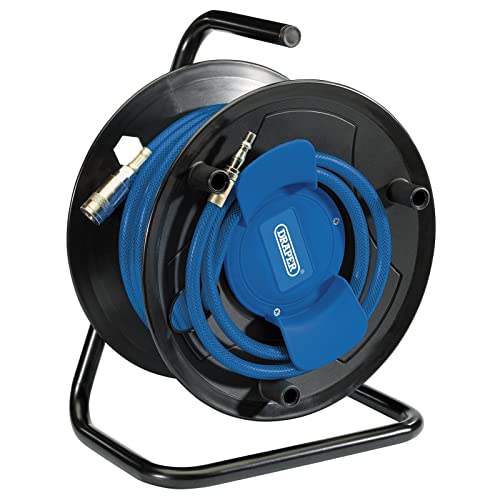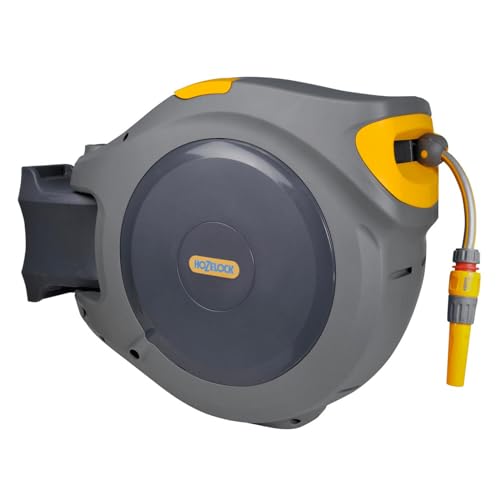Understanding Portable Air Conditioners: How They Work and Why You Need One
The Basics of Portable Air Conditioners
Portable air conditioners are versatile cooling solutions designed for temporary or supplemental cooling in spaces where traditional air conditioning systems aren’t feasible. They draw in warm air from the room, cool it through a refrigeration cycle, and then release the cooled air back into the room while expelling the warm air outside through a vent hose. This makes them particularly useful in apartments, home offices, or even garages for those hot summer days when you need immediate relief.
Why Choose a Portable Air Conditioner?
Opting for a portable air conditioner can significantly benefit your comfort levels during sweltering heat. Their easy mobility allows us to move them from room to room, providing targeted cooling in the areas we spend the most time. We can set them up in bedrooms at night, and then move them to the living room during the day, creating a comfortable environment wherever we are. Additionally, they are often easier to install than traditional units, requiring minimal modifications to our living space.
Key Features to Consider When Buying a Portable Air Conditioner
Cooling Capacity
When selecting a portable air conditioner, we need to pay attention to its cooling capacity, typically measured in British Thermal Units (BTUs). A unit with higher BTUs will cool a larger area. For instance, if we often find ourselves in a space around 400 square feet, a model offering around 10,000 BTUs would be ideal. Conversely, for smaller rooms, a unit with 7,000 BTUs would suffice. Choosing the right cooling capacity ensures we experience optimal comfort.
Noise Level
The noise level of a portable air conditioner can significantly impact our comfort, especially during quiet times. Look for models that provide a noise rating in decibels (dB). Generally, units that operate at 50-60 dB are considered quiet. If we’re sensitive to noise while sleeping or working, we should prioritise quiter models designed for low operational noise.
Energy Efficiency
Energy efficiency is crucial for keeping our electricity bills manageable. We should look for units that feature energy-saving settings and fan speeds. Checking for the EER (Energy Efficiency Ratio) can help us gauge how effectively each unit cools relative to its energy consumption. A higher EER signifies a more efficient model, translating into savings over time.
Portability and Design
Since these units are meant to be portable, examining their weight and size is important. We want something that is easily manoeuvrable, allowing us to shift it from one room to another with minimal strain. Additionally, features like caster wheels and handles enhance portability. The design should also fit seamlessly into our existing décor since they will be at home in our space.
Additional Features
Many portable air conditioners offer features that enhance convenience, such as programmable timers, remote controls, and built-in dehumidifiers. Programmable timers allow us to set cooling schedules in advance, so we can come home to a cool environment. Remote controls add a layer of convenience, letting us adjust settings from our sofa or bed. Models with dehumidifiers can also reduce humidity levels while cooling, making for a more comfortable space overall.
Top Picks for Different Needs: Which Portable Air Conditioner is Right for You?
Best for Small Rooms
For small rooms or personal spaces, we recommend looking at compact models that are easy to place and operate efficiently within limited space. A unit with around 7,000 BTUs should suffice and provide excellent cooling without overpowering the room.
Best for Larger Spaces
If we have a larger living area that needs cooling, we can look into portable air conditioners with higher BTUs, ideally around 12,000 to 14,000 BTUs. These units will effectively cool larger spaces and often include features like quiet mode to ensure minimal disruption.
Best Budget Option
For budget-conscious shoppers, there are several affordable models that still deliver reasonable performance without breaking the bank. It’s vital to check customer reviews to ensure these models provide the expected cooling capacity and features.
Best Premium Choice
For those willing to invest in a high-end model, we can look for units with advanced features such as smart connectivity, where they can be controlled via smartphone apps. These units often come with innovative technology for improved energy efficiency and enhanced user experience.
Setting Up Your Portable Air Conditioner: A Simple Guide
Preparing the Location
Setting up a portable air conditioner is relatively straightforward. Begin by selecting a location that allows for proper air circulation and access to a window for venting. The area should ideally be free from obstacles that might block air intake or exhaust.
Installing the Exhaust Hose
Most portable air conditioners come with an exhaust hose that needs to be attached to a window kit. Follow the manufacturer’s instructions carefully to ensure a snug and secure fit. This hose is critical as it channels the warm air outside, preventing it from circulating back into the room.
Connecting the Power Supply
Once the exhaust hose is in place, we can plug the unit into a power outlet. Ensure that the cord is not frayed or damaged to avoid any electrical issues. It’s also best to use a dedicated outlet to prevent overloading.
Setting the Controls
Familiarise ourselves with the unit’s control panel or remote. Adjust the settings according to our comfort level and preferred cooling mode. This may include selecting the desired temperature, fan speed, and humidity level.
Maximising Efficiency: Tips for Using Portable Air Conditioners Effectively
Optimal Placement
To maximise the efficiency of our portable air conditioners, strategic placement is key. It’s recommended to position the unit in a central location where the cool air can circulate freely throughout the room. Avoid placing it in corners or behind furniture, as this can hinder airflow.
Use in Conjunction with Fans
Using fans in tandem with your portable air conditioner can improve overall cooling efficiency. Ceiling fans or oscillating fans can help distribute the cool air more evenly, making our cooling system work smarter, not harder.
Maintain Regular Cleaning
Regular maintenance is essential for optimal performance. We should clean or replace the air filters regularly, as dirt buildup can restrict airflow and reduce effectiveness. It’s also beneficial to periodically check and clear the exhaust hose to prevent obstructions.
Keep Doors and Windows Closed
To maintain a cool indoor temperature, it’s advisable to keep all doors and windows closed while the air conditioner is in operation. This prevents warm air from entering and allows the unit to cool more effectively.











